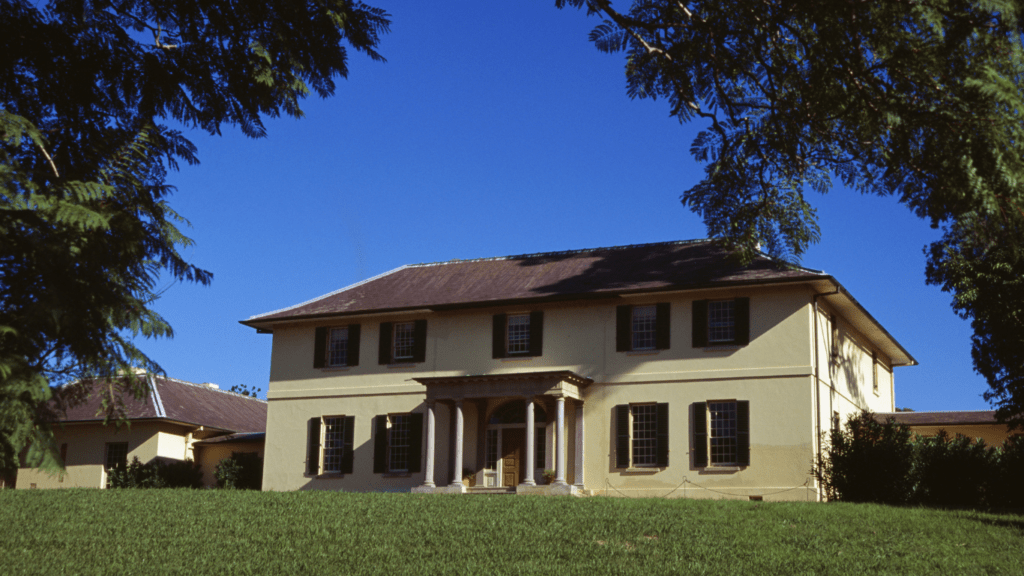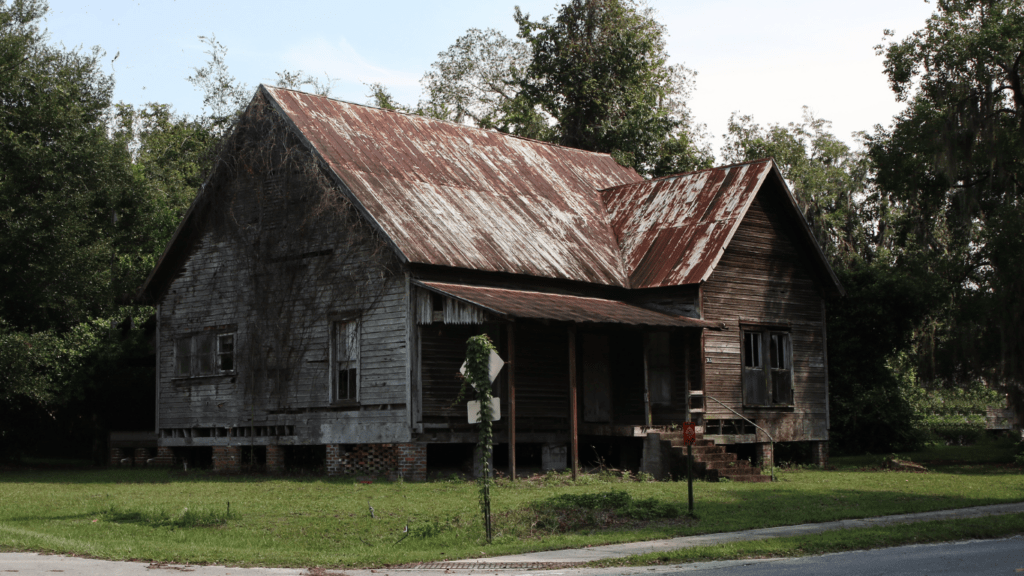Embarking on the journey of renovating a historic home is like stepping back in time while preserving its unique character for the future. As a homeowner, I’ve learned that blending modern amenities with the charm of yesteryears requires a delicate balance and a keen eye for detail.
In this article, I’ll share valuable insights and tips on how to breathe new life into historic properties without compromising their authenticity. Preserving the character of a historic home involves more than just cosmetic updates; it’s about honoring its heritage and architectural significance.
From salvaging original features to selecting period-appropriate materials, each decision plays a crucial role in maintaining the soul of the house. Join me as I delve into the art of renovating historic homes, where every nail hammered and every paint stroke applied is a testament to our commitment to preserving the past for generations to come.
The Significance of Historic Homes
Exploring the significance of historic homes reveals a glimpse into our rich architectural heritage. These dwellings stand as testaments to a bygone era, embodying the craftsmanship and artistry of generations past.
Preserving these homes is not merely a nod to nostalgia but a commitment to safeguarding our cultural identity. Each vintage detail, from intricate moldings to elegant fixtures, tells a story of a different time, offering a tangible connection to history.
Maintaining the authenticity of historic homes is essential in retaining their charm and value. By upholding the original features and architectural integrity, we pay homage to the artisans and architects who shaped these structures.
From Victorian mansions to Craftsman bungalows, each architectural style encapsulates a unique chapter in our architectural narrative. Renovating these homes requires a delicate balance between preservation and modernization, ensuring that their historical essence remains intact while adapting to contemporary living standards.
The enduring allure of historic homes lies in their ability to transport us to bygone eras, evoking a sense of nostalgia and wonder. These properties not only serve as residences but also as cultural landmarks that enrich our communities.
Preserving the character of historic homes is a way of honoring our past, celebrating the craftsmanship and creativity of generations long gone. As stewards of these architectural treasures, we bear the responsibility of safeguarding their legacy for future generations to enjoy.
Challenges in Renovating Historic Homes
Preserving the historical integrity of a home while incorporating modern conveniences can pose several challenges. Here are some key aspects to consider:
Balancing Preservation with Modernization
In renovating historic homes, striking a delicate balance between preserving the original character and introducing contemporary elements is crucial. It’s essential to retain architectural features that define the home’s historical significance while making necessary upgrades for functionality.
Dealing with Regulatory Requirements
Navigating through regulatory requirements and historic preservation guidelines is often a complex endeavor. Compliance with regulations to protect the historical integrity of the property can add layers of complexity to the renovation process.
Understanding and adhering to these regulations is vital to ensure the renovation aligns with preservation standards.
Strategies for Preserving Character
When it comes to renovating historic homes, retaining original architectural elements is paramount. I’ll delve into the essential strategies for preserving these unique features that define the historical charm of the property.
Retaining Original Architectural Elements
Preserving the essence of a historic home starts with safeguarding its original architectural elements. It’s crucial to protect features like intricate moldings, hardwood floors, stained glass windows, and ornate fireplaces. These elements not only showcase the craftsmanship of a bygone era but also add character and value to the home.
To retain these elements, I recommend conducting a thorough inspection to assess their condition. Work with skilled professionals who specialize in historical preservation to repair and restore these features using traditional techniques and materials.
By preserving these architectural elements, you’re maintaining the authenticity of the home and honoring its rich history. Additionally, consider integrating these elements into the overall design of the renovation.
Incorporating original features seamlessly into modern updates can create a harmonious blend of old and new, preserving the character of the home while ensuring it meets contemporary standards of comfort and functionality. Retaining original architectural elements is a fundamental strategy for preserving the character of a historic home.
By prioritizing the protection and integration of these features, you’re not only maintaining the property’s unique identity but also contributing to the legacy of architectural heritage for future generations to appreciate.
Sustainable Practices in Historic Home Renovation
Incorporating sustainable practices in renovating historic homes is crucial to preserving their character and reducing environmental impact. It’s essential to prioritize eco-friendly strategies that maintain the integrity of the property while minimizing waste and energy consumption.
Here are some key sustainable practices to consider:
- Energy-Efficient Upgrades: Upgrading to energy-efficient appliances, windows, and insulation can significantly reduce energy consumption in a historic home. By improving the home’s insulation and sealing any drafts, you can enhance energy efficiency while preserving its character.
- Water Conservation: Installing low-flow fixtures and efficient plumbing systems can help conserve water without compromising the functionality of the home. This sustainable practice not only reduces water usage but also contributes to the preservation of historical plumbing fixtures.
- Reuse and Recycle: Salvaging materials from the renovation process and repurposing them within the home can minimize waste and preserve the original character. Reusing architectural elements like doors, fixtures, and woodwork adds to the authenticity of the property while reducing environmental impact.
- Use of Sustainable Materials: Opting for sustainable materials such as reclaimed wood, recycled glass, or eco-friendly paints can contribute to the eco-conscious renovation of a historic home. These materials not only align with sustainable practices but also add a unique touch to the property’s decor.
- Solar Power Integration: Consider integrating solar panels to harness renewable energy and reduce the home’s reliance on traditional power sources. Solar power is a sustainable solution that can lower utility costs and minimize the environmental footprint of the historic property.
Implementing these sustainable practices ensures that the renovation of a historic home is not only aesthetically pleasing but also environmentally responsible. By combining modern eco-friendly techniques with traditional preservation methods, homeowners can uphold the property’s historical significance while embracing sustainability for future generations.





